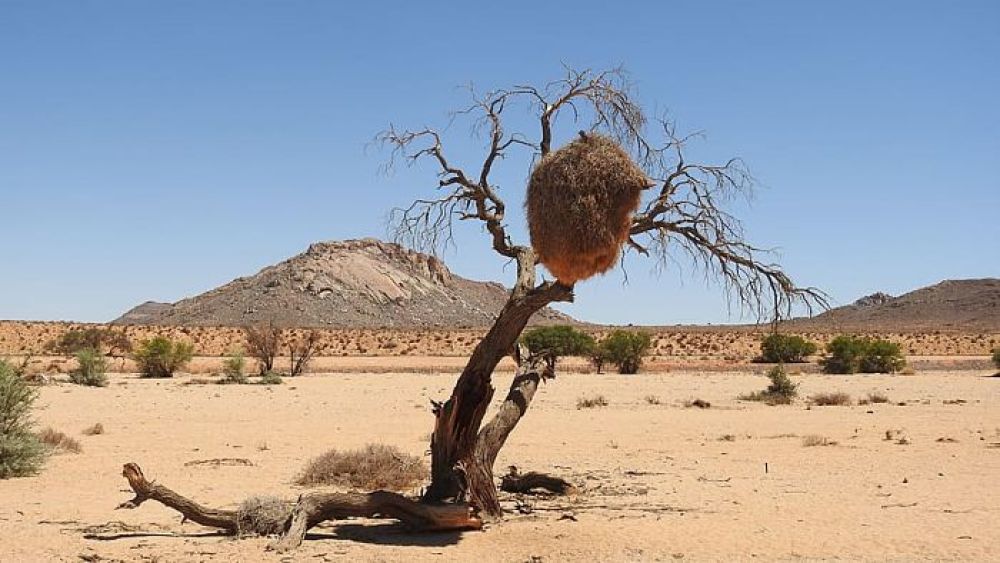

The Desert National Park in Jaisalmer is one of the largest national parks in India, encompassing an area of approximately 3162 square kilometers. Established in 1980 for the protection of the desert wildlife and ecosystem, the park is a significant part of the tourism landscape in Rajasthan.
Tourism in Jaisalmer and the surrounding desert region has historical roots dating back to the time when trade caravans traversed through the Silk Route. Jaisalmer, known as the 'Golden City,' emerged as a significant cultural and trade hub, with the stunning and historic Jaisalmer Fort commanding the skyline since its establishment in the 12th century. It wasn't until the latter part of the 20th century, however, that concerted efforts were made to promote the desert and its unique ecology as a tourist destination.
Sensing the unique biodiversity and stark beauty of the Thar Desert, the Indian government took a decisive step in 1980 to establish the Desert National Park. This helped to preserve the delicate ecosystems, as well as to provide an opportunity for visitors to appreciate the vast expanse of rolling dunes, rocky outcrops, and salt lake bottoms. The park contains fossils of animals and plants estimated to be 180 million years old, adding a paleontological significance that further piques the interest of visitors.
Tourism trends in the Desert National Park have evolved over the years, with a significant emphasis on ecotourism and sustainable practices to minimize the impact on the natural environment. Safaris on camels and jeeps are popular as they offer a close glimpse of the desert life, including key species like the endangered Great Indian Bustard, Desert Fox, Bengal Fox, and an array of migratory birds. Traditional desert camps and resorts have also cropped up, offering authentic experiences while promoting conservation education amongst tourists.
In recent years, there has been a growing interest in cultural tourism, with the Desert National Park providing a backdrop to explore the rich Rajasthani traditions, cuisine, and crafts. Festivals like the Desert Festival, which showcases folk dances, music, and other cultural performances, have seen a surge in both domestic and international visitors. Additionally, there's been an increased focus on promoting lesser-known heritage sites within the park's vicinity, enhancing the overall appeal of the destination.
The digital era brought with it a transformation in how tourists interact with destinations. In Jaisalmer, online platforms now offer virtual tours, easy bookings for travel and accommodation, and user-generated content that helps to attract new tourists. However, the COVID-19 pandemic temporarily diminished the flourishing tourism, with lockdowns and travel restrictions in place. As the situation has improved, there is a marked trend towards wellness tourism, where visitors seek relaxation in the serene desert landscape as a respite from pandemic-induced stresses.
The Desert National Park in Jaisalmer continues to be a shining example of balancing conservation and tourism. As the sector rebounds post-pandemic, the focus is likely to remain on sustainable and responsible travel. With the ongoing development of infrastructure, connectivity, and services, coupled with a rich tapestry of history and culture, the park is well-positioned to continue captivating travellers from around the world.